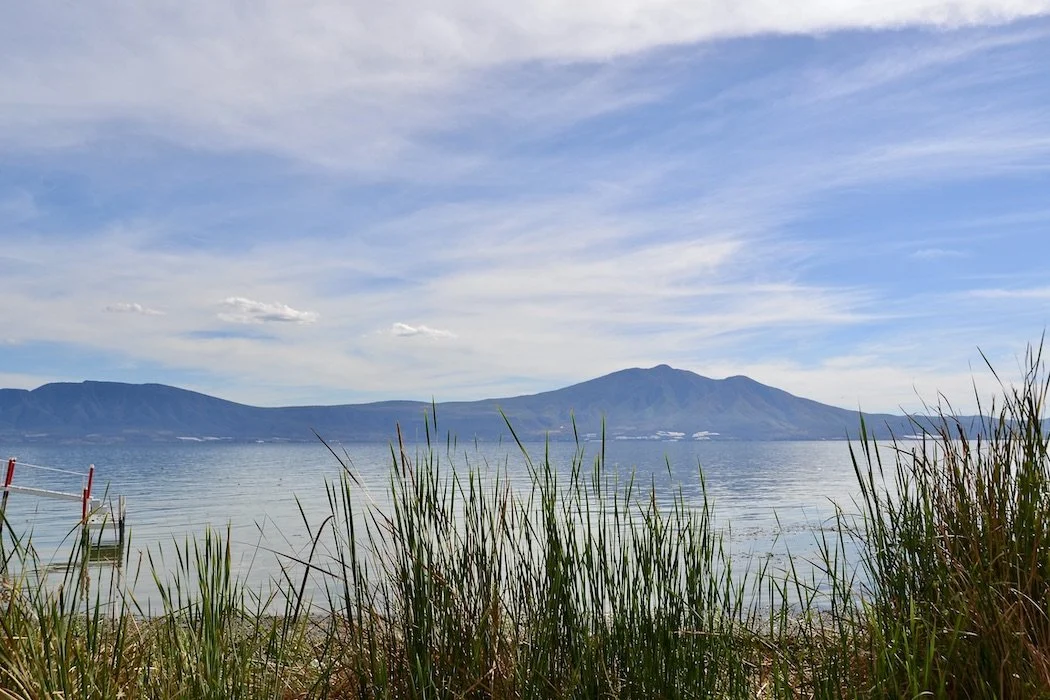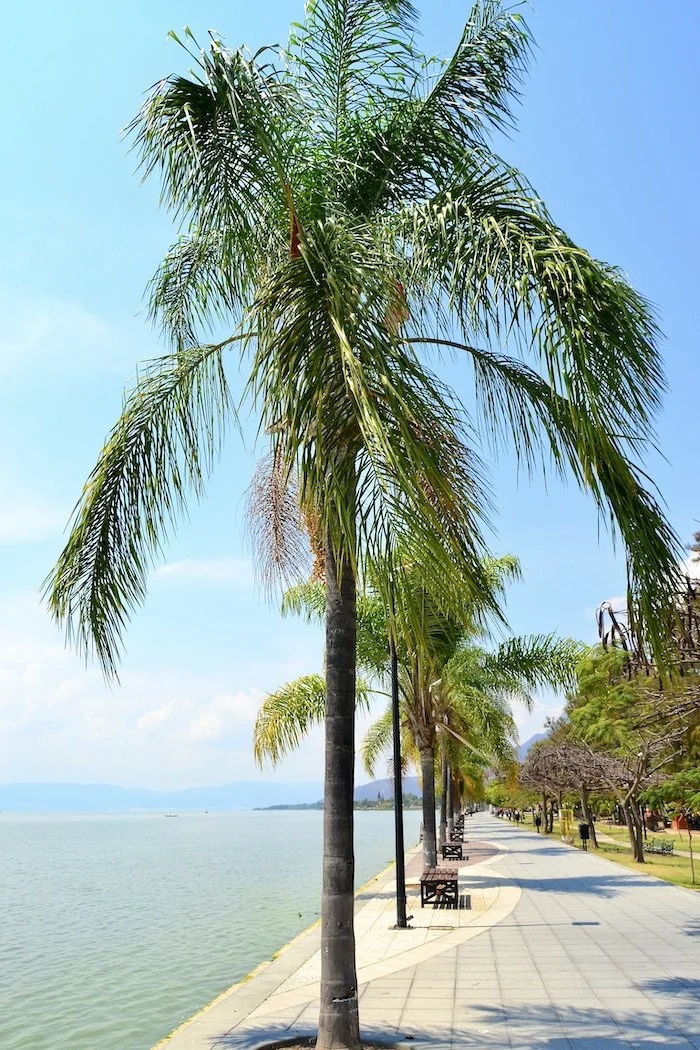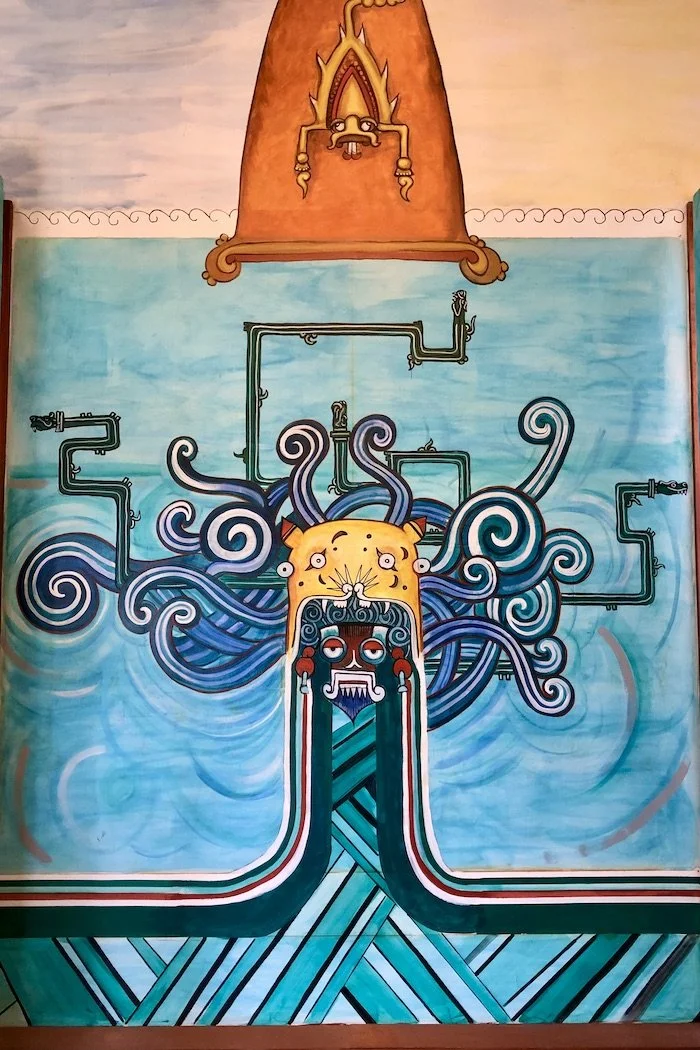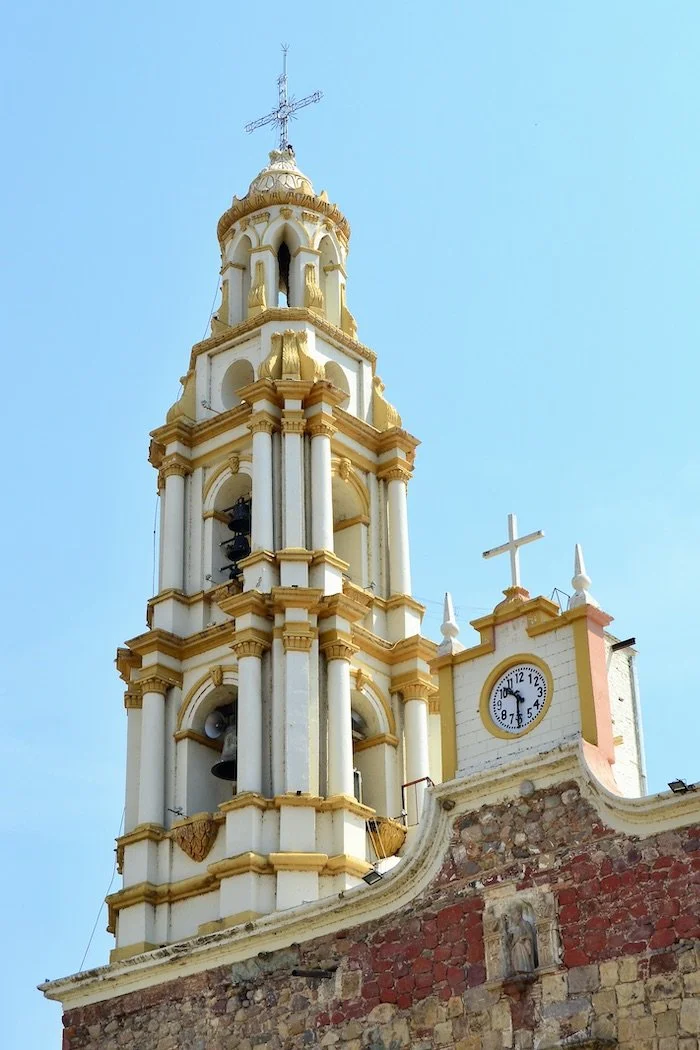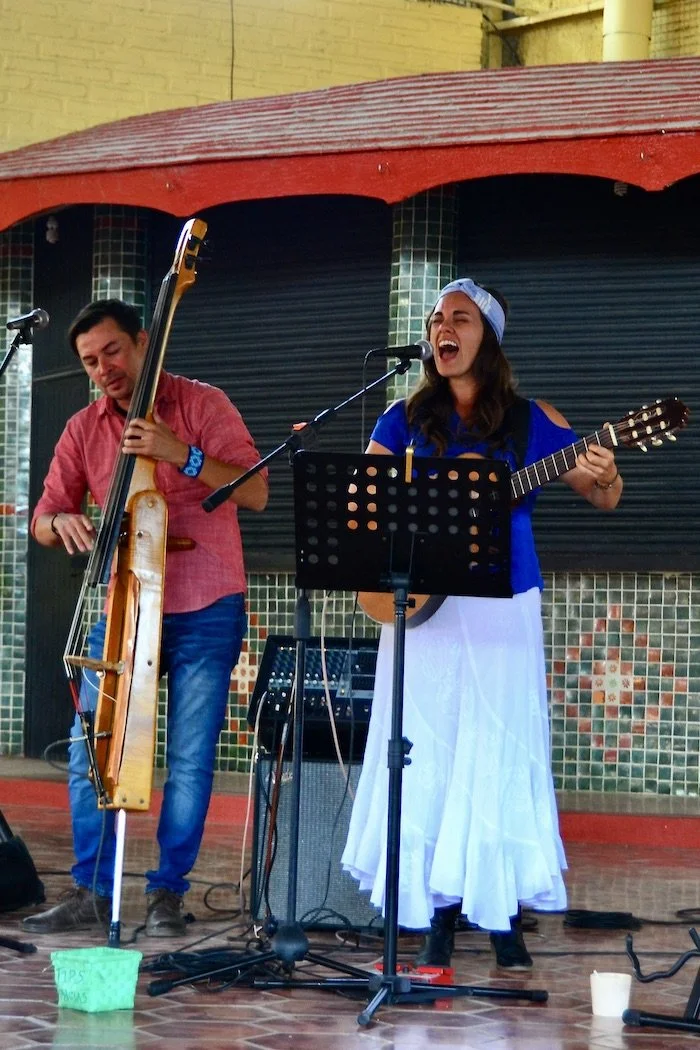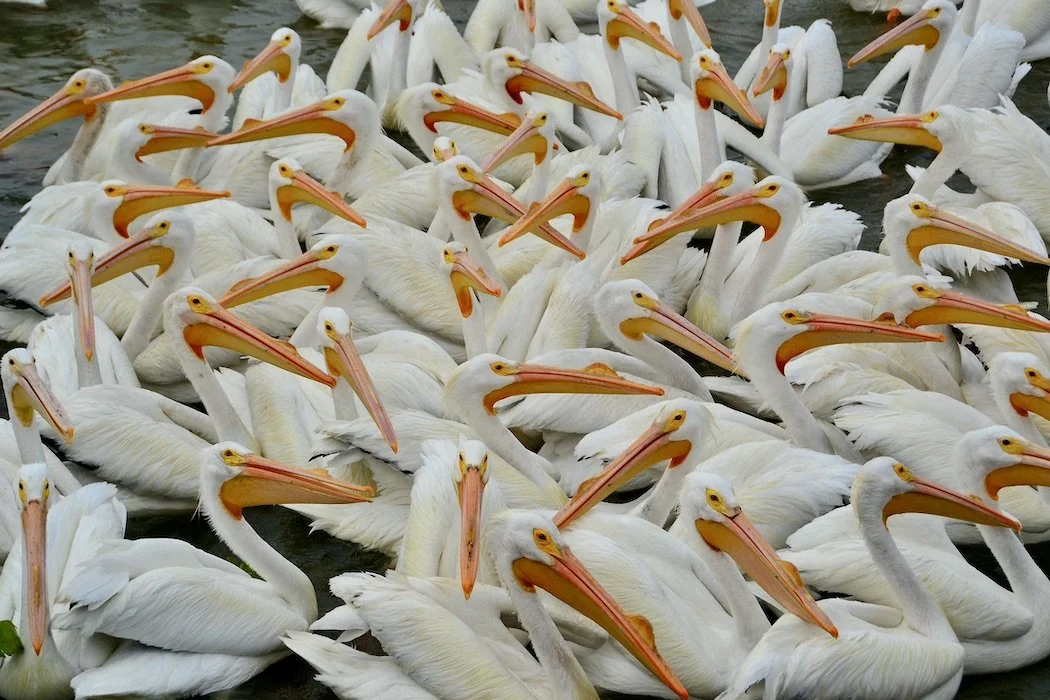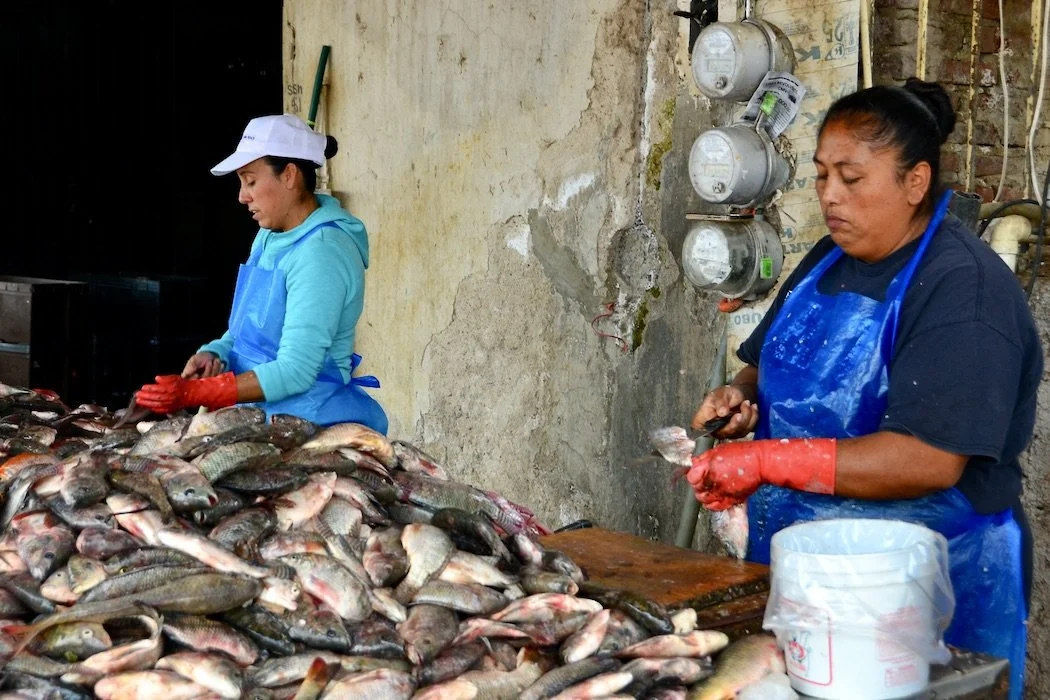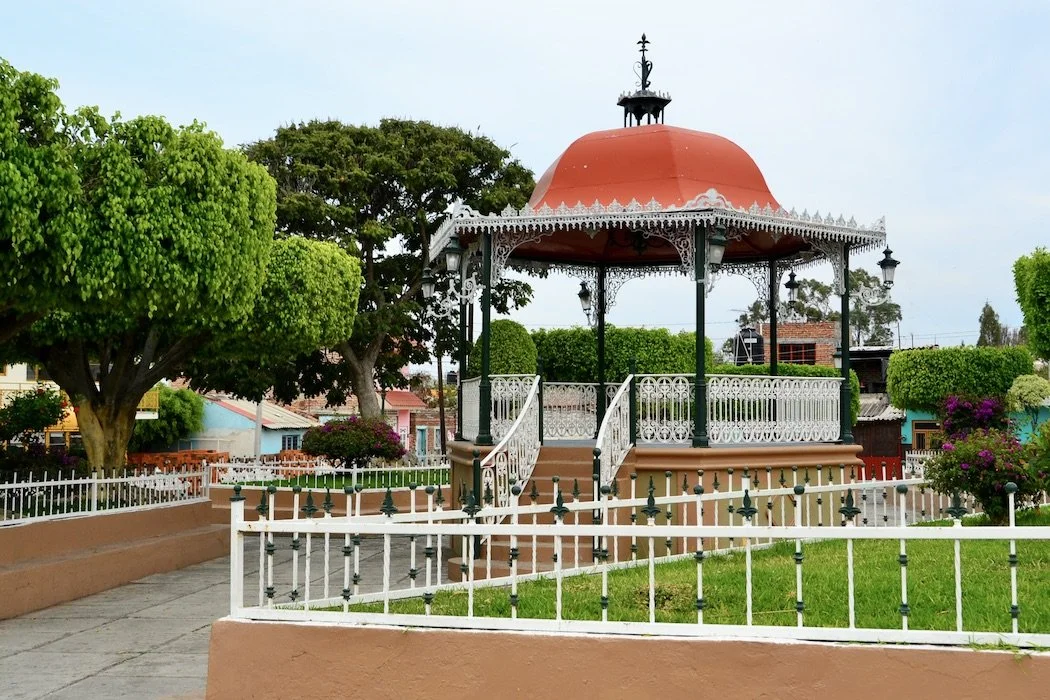Escape the hustle and bustle at Lake Chapala
View over Lake Chapala
“I have seen the people who hustle and bustle...They could have enjoyed life.” Kumar Pallana
Nestled between the dramatic mountains of the Sierra Madre range in west-central Mexico on the border of Jalisco and Michoacán states, Lake Chapala lies on the central plateau at an elevation of more than 1500 meters (5200 feet) above sea level. This unique micro-climate means the days are sunny and warm without humidity and the nights are cool and comfortable. Coupled with beautiful scenery and rich cultural heritage, the country’s largest freshwater lake, and environs make for a worthy escape from the tourist hustle and bustle.
The numerous small towns along the coast, an hour from Guadalajara and collectively known as the “lakeside”, stretch from Chapala through Ajijic to Jocotepec. Spanish conquistadores arrived here in 1523 and now many retirees find the area a pleasant place to live. On the opposite lakeside, lie smaller villages where life is lived in traditional fashion around the obligatory central plaza, gazebo, and church, and the main occupation is growing fruits and vegetables for the entire area.
Chapala, the largest of the lakeside towns, is named after Chapalac, the last chief of the Nahuatl-speaking indigenous peoples of the region. Guadalajarans, known locally as Tapatíos, come here for vacation and weekend getaways to promenade along the lake, swim at the beach, play golf, go boating to the islands or stroll past shops along the flower-lined main street. The weekly open-air farmers market, called Tianguis, is aromatic and noisy, colorful and abundant as vendors offer fruits and vegetables, prepared foods, local specialty candy, and a multitude of handicrafts.
The extremely colorful village of Ajijic has attracted foreign artists and writers since the 1890s. One of the oldest villages in western Mexico, whose name means “place where the water bubbles up”, it was founded in 1531 precisely because it was a good source of water. Still compact and idyllic with cobblestone streets, the village is a relaxing, friendly mix of locals and ex-pats. Beautifully painted murals adorn almost every house wall with designs ranging from abstract to historical and whimsical. Small boutiques feature an amazing variety of handicrafts including fantastical beaded animal figures, decorated pottery, sweet or scary-looking dolls, jewelry of traditional designs, and embroidered clothing, all a riot of color. Under the gazebo at the shady main plaza, live music enlivens village life while along the beautifully landscaped boardwalk, or Malecón, benches beneath the palm and flowering jacaranda trees provide a place to linger along the lake, and children play or skateboard.
Petatán, a tiny fishing village on the eastern lakeshore, provides an attractive winter home for 20,000 white pelicans that migrate here from Canada in November and stay through March. Because the fish, especially chub and tilapia, are plentiful here, the people of Petatán depend on fishing for their livelihood, motoring out in their small pangas or casting nets from shore. The fishing and processing make the small peninsula an ideal spot to observe the congregating pelicans who fish themselves or wait for handouts.
Don’t miss:
The pelican gathering at Petatán, which is really quite a sight.
Lunch Tip:
Chili Verde on Colon across from the main plaza in Ajijic, for truly authentic Mexican food in a tiny place.
Subscribe for inspiration to have my posts drop directly into your inbox. *If you enjoyed what you read, please share this post with like-minded travelers.*
*All photographs are mine, taken with my Nikon D3100 or iPhone 8.*

